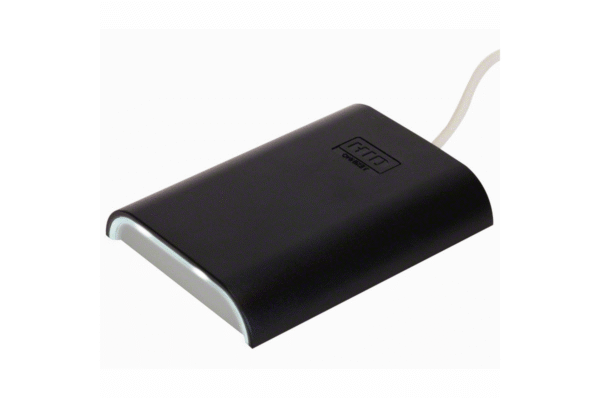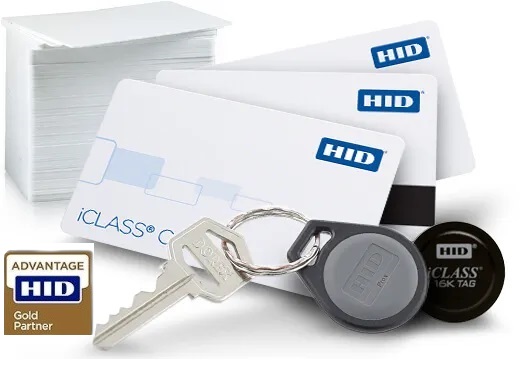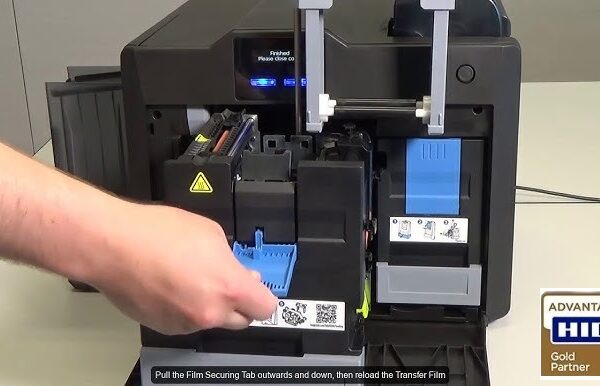Magnetic stripe cards and chip cards are both used for payment and identification purposes, but they have significant differences in terms of technology, security, and functionality.
Magnetic Stripe Cards
Technology:
- Contain a strip of magnetic material on the back of the card.
- The stripe stores data in three tracks of magnetic particles.
Data Storage
- Data is encoded in the magnetic stripe and can be read by swiping the card through a magnetic card reader.
- Typically stores static information, such as the card number, expiration date, and security code.
Security:
- Relatively low security.
- Data is easy to copy or clone (skimming).
- Susceptible to wear and tear, which can lead to the card becoming unreadable.
- Usage:
- Commonly used in older payment systems.
- Still prevalent in regions with less advanced payment infrastructure.
Chip Cards (EMV Cards)
Technology:
-
- Contain a microprocessor chip embedded in the card.
- The chip interfaces with the card reader through contact or contactless (RFID/NFC) means.
Data Storage:
- Stores dynamic data, which changes with each transaction.
- Can perform complex processing and cryptographic functions.
Security:
- Higher security compared to magnetic stripe cards.
- Uses encryption and unique transaction codes, making it extremely difficult to clone.
- Offers protection against skimming and other forms of fraud.
Usage:
- Widely adopted in modern payment systems globally.
- Supports various transaction methods, including contact and contactless (tap-and-go) payments.
Often used in conjunction with PIN (Personal Identification Number) for additional security.
Summary:
- Magnetic Stripe Cards: Utilize a magnetic stripe to store static data, are easy to clone, and have lower security.
- Chip Cards: Utilize an embedded microchip to store dynamic data, provide higher security with encryption.



